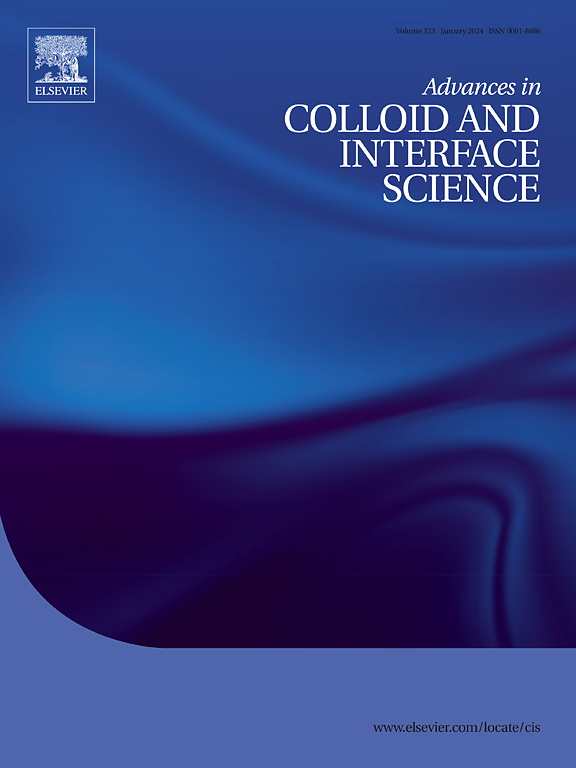Unveiling micro- and nanoscale bubble dynamics for enhanced electrochemical water splitting
IF 19.3
1区 化学
Q1 CHEMISTRY, PHYSICAL
引用次数: 0
Abstract
Bubbles generated during electrochemical and photoelectrochemical water splitting critically influence efficiency through complex factors, including chemical reactions, species transport, mass transfer at the three-phase interface, and bubble coverage. A detailed understanding of the nucleation, growth, coalescence, and detachment of micro- and nanoscale bubbles is vital for advancing water splitting technologies. Surface-attached bubbles significantly reduce the electrocatalytically active area of electrodes, leading to increased surface overpotential at a given current density. Consequently, their effective removal is pivotal for optimizing the electrolysis process. However, the intricate interplay among single bubble evolution, mass transport, bubble coverage, and overpotential remain inadequately understood. This review explores the fundamental mechanisms underpinning bubble evolution, with an emphasis on the Marangoni effect and its influence on bubble dynamics. Furthermore, recent advancements in understanding individual bubbles on micro and nano-electrodes are highlighted, offering valuable insights into scale-dependent bubble behavior. These findings enrich our knowledge of gas-liquid interfacial phenomena and underscore their industrial significance, presenting opportunities to enhance water splitting performance through optimized bubble dynamics.

揭示微纳米级气泡动力学增强电化学水分解
电化学和光电化学水分解过程中产生的气泡通过化学反应、物质传递、三相界面传质和气泡覆盖等复杂因素对效率产生关键影响。详细了解微纳米级气泡的成核、生长、聚结和分离对推进水分解技术至关重要。表面附着的气泡显著减少了电极的电催化活性面积,导致在给定电流密度下表面过电位增加。因此,它们的有效去除是优化电解过程的关键。然而,单泡演化、质量输运、泡覆盖和过电位之间复杂的相互作用仍然没有得到充分的了解。本文探讨了气泡演化的基本机制,重点介绍了马兰戈尼效应及其对气泡动力学的影响。此外,本文还强调了在理解微电极和纳米电极上单个气泡方面的最新进展,为研究气泡的尺度依赖性行为提供了有价值的见解。这些发现丰富了我们对气液界面现象的认识,强调了它们的工业意义,为通过优化气泡动力学来提高水裂解性能提供了机会。
本文章由计算机程序翻译,如有差异,请以英文原文为准。
求助全文
约1分钟内获得全文
求助全文
来源期刊
CiteScore
28.50
自引率
2.60%
发文量
175
审稿时长
31 days
期刊介绍:
"Advances in Colloid and Interface Science" is an international journal that focuses on experimental and theoretical developments in interfacial and colloidal phenomena. The journal covers a wide range of disciplines including biology, chemistry, physics, and technology.
The journal accepts review articles on any topic within the scope of colloid and interface science. These articles should provide an in-depth analysis of the subject matter, offering a critical review of the current state of the field. The author's informed opinion on the topic should also be included. The manuscript should compare and contrast ideas found in the reviewed literature and address the limitations of these ideas.
Typically, the articles published in this journal are written by recognized experts in the field.

 求助内容:
求助内容: 应助结果提醒方式:
应助结果提醒方式:


